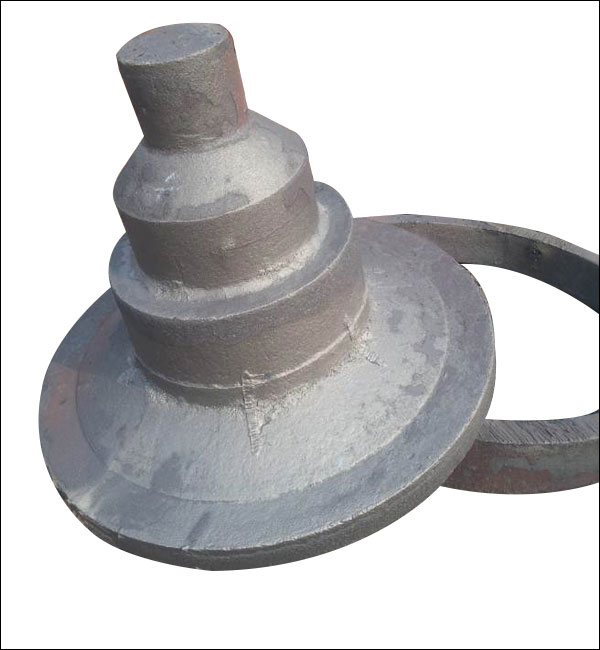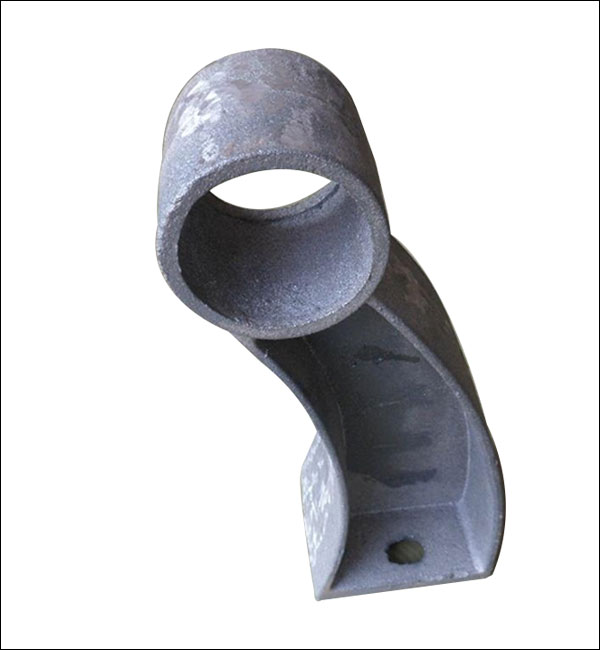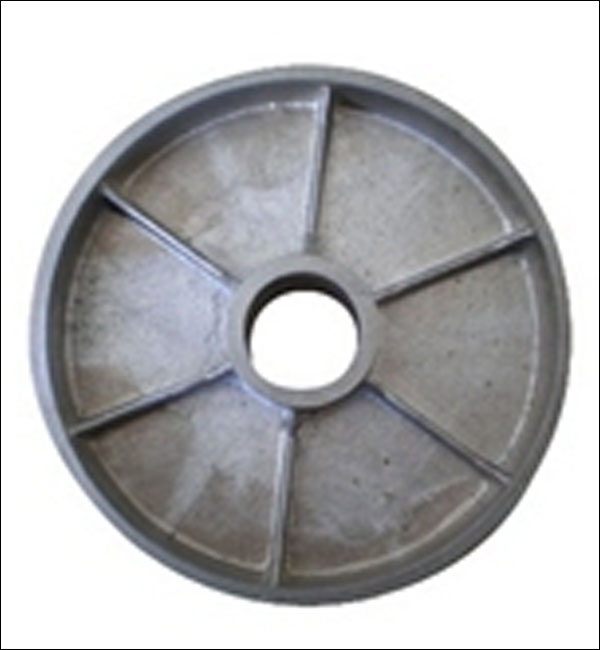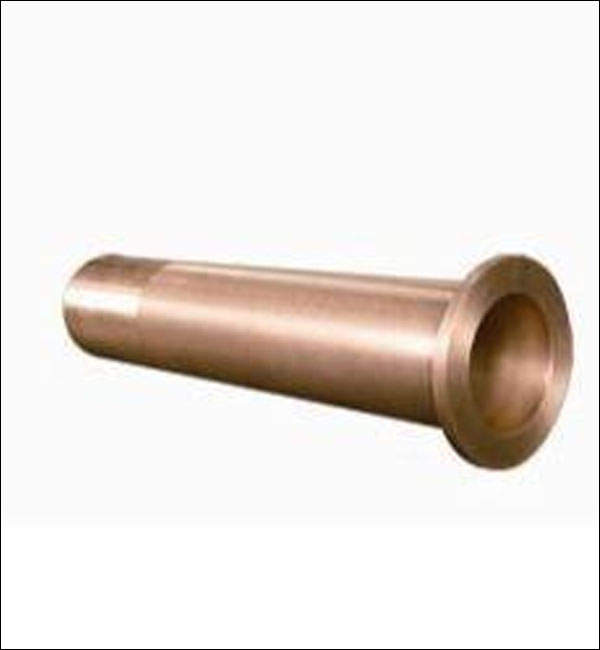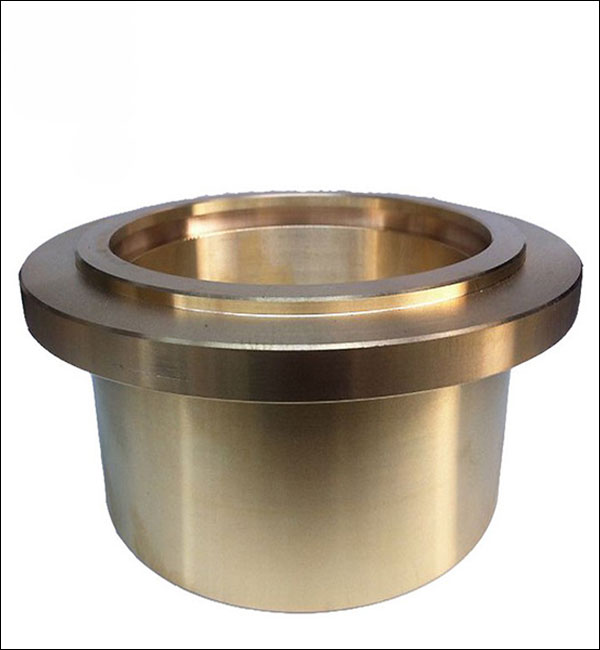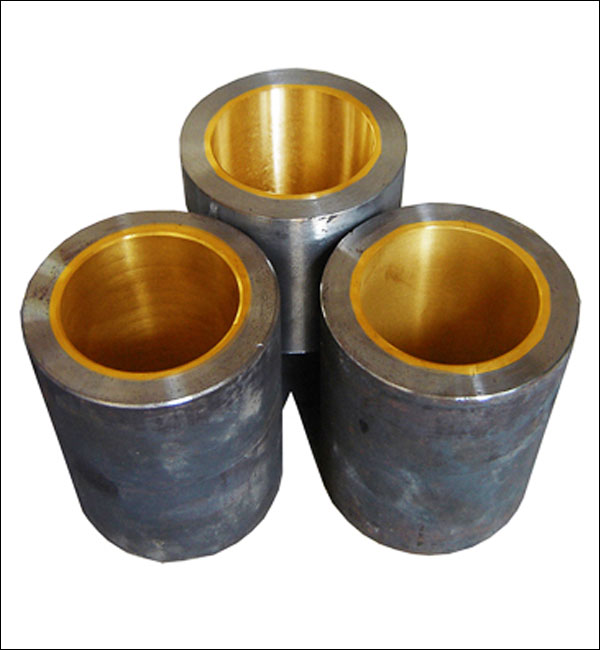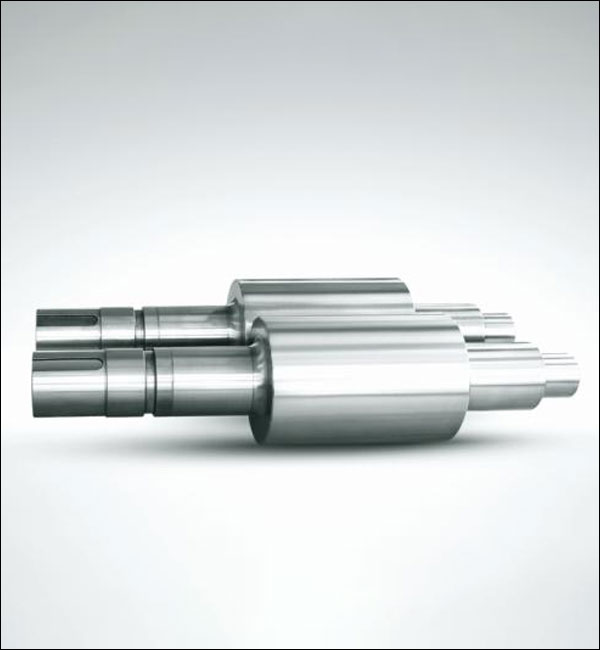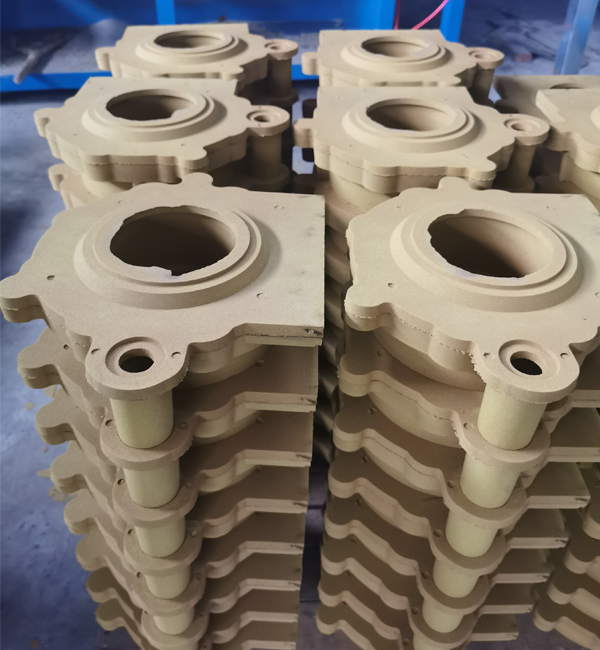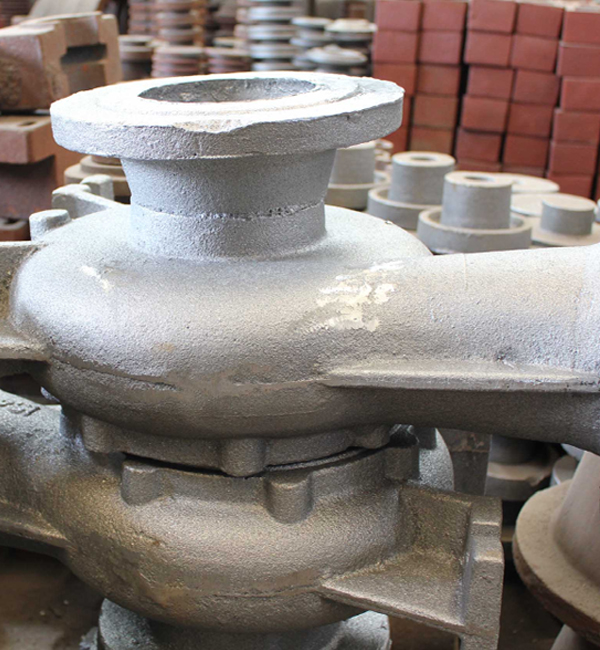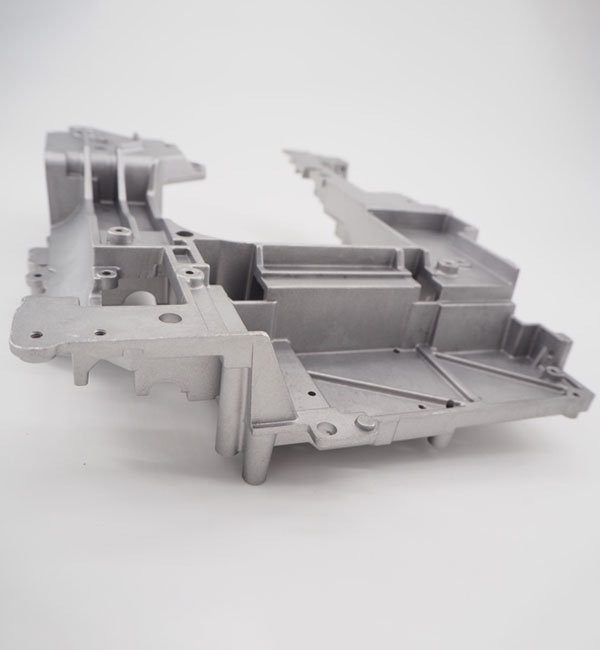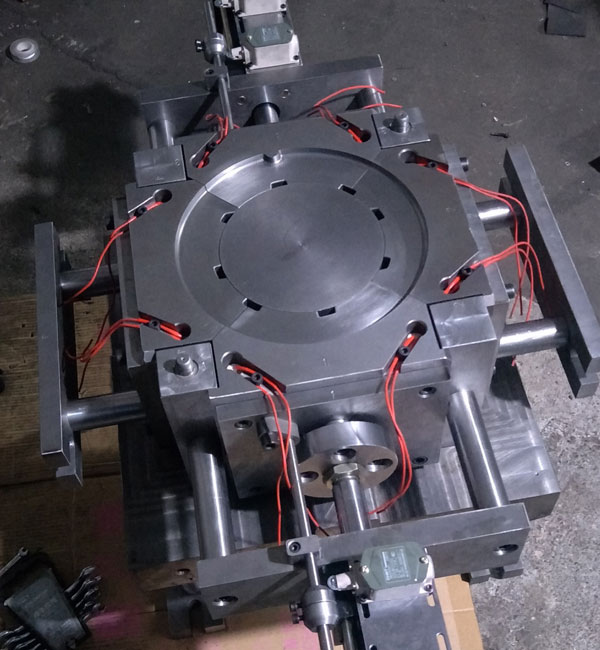Centrifugal Casting
What is Centrifugal Casting
Centrifugal Casting is a technique and method of
injecting liquid metal into a high-speed rotating mold,
so that the liquid metal is centrifugal motion to fill
the mold and form a casting. Due to the centrifugal
movement, the liquid metal can fill the mold well in the
radial direction and form the free surface of the
casting; the cylindrical inner hole can be obtained
without the core; it is helpful to eliminate the gas and
inclusions in the liquid metal; it affects the metal The
crystallization process improves the mechanical and
physical properties of the casting.
According to the spatial position of the rotation axis
of the mold, common centrifugal casting can be divided
into horizontal centrifugal casting and vertical
centrifugal casting. Centrifugal casting when the
rotation axis of the mold is in a horizontal state or
when the angle with the horizontal line is small (4°) is
called horizontal centrifugal casting. Centrifugal
casting when the rotation axis of the mold is in a
vertical state is called vertical centrifugal casting.
Centrifugal casting in which the rotation axis of the
mold has a large angle with the horizontal and vertical
lines is called inclined axis centrifugal casting, but
it is rarely used.
The Application Field Of Centrifugal Casting
Castings with significant production benefits include:
Centrifugal casting was first used to produce cast
pipes, and then this process has been rapidly developed.
At home and abroad, the centrifugal casting process is
used in metallurgy, mining, transportation, irrigation
and drainage machinery, aviation, national defense,
automobile and other industries to produce steel, iron
and non-ferrous carbon alloy castings. Among them, the
production of castings such as centrifugal cast iron
pipes, internal combustion engine cylinder liners and
shaft sleeves is the most common. For some forming tools
and gear castings, centrifugal force pouring can also be
used for the molten mold shell, which can not only
improve the accuracy of the casting, but also improve
the mechanical properties of the casting.
-
- Bimetal cast iron roll
-
- Heat-resistant steel roller table at the bottom of
the heating furnace
-
- Special steel seamless steel pipe
-
- Brake drum, piston ring blank, copper alloy worm
wheel
-
- Special-shaped castings such as impellers, metal
dentures, gold and silver mesons, small valves and
cast aluminum motor rotors
Castings with large production output include:
Founded in 1995, China Minghe Casting is an industry
standard formulation unit for pattern forming molds for
centrifugal casting. Minghe is located in the world's
industrial capital-Dongguan, China. It is a high-tech
enterprise in Guangdong Province. It has a production
workshop with a construction area of 18,000 square
meters. It is equipped with equipment for research and
development, design, casting, machining, assembly, and
surface treatment. It is the Dongguan R&D center and
Technology Center. Minghe Casting now has 6 invention
patents and 20 utility model patents. It is a trademark
enterprise in Guangdong Province. The company has more
than 230 employees, including 36 mold design engineers
and 39 technicians; it has 40 CNC processing equipment
and general processing equipment. 28 units, 3 coordinate
measuring machines, and 1 reverse scanner. Using
computer three-dimensional design, programming,
computer-aided processing technology, using FM method to
cast aluminum mold blanks, combined with Minghe Casting
created TEFLON (TEFLON) surface coating technology and
subsidiary Minghe Powder Coating Factory, so that mold
quality, precision, efficiency, The service life can
meet the requirements of customers. The company's
technical staff guide the mold assembly, use, trial
production, free maintenance, and can provide a full set
of centrifugal casting technology according to customer
needs.
-
- Iron pipe: Nearly 1/2 of the total annual output of
ductile iron in the world is iron pipe produced by
centrifugal casting
-
- Cylinder liners of diesel engines and gasoline
engines
-
- Various types of steel sleeves and steel
pipes
-
- Bimetallic steel back copper sleeve, bearing bushes
of various alloys
-
- Paper machine drum

The Features Of Centrifugal Casting
-
– There is almost no metal consumption in the gating
system and the riser system, which improves the
production rate of the process;
-
– The core is not used in the production of hollow
castings, so the metal filling ability can be greatly
improved when producing long tubular castings, the
ratio of the wall thickness of the castings to the
length or diameter can be reduced, and the production
process of sleeve and tube castings can be simplified;
-
– The casting has high density, few defects such as
pores and slag inclusion, and high mechanical
properties;
-
– It is convenient to manufacture barrel and sleeve
composite metal castings, such as steel-backed copper
sleeves, bimetallic rolls, etc.; when forming
castings, centrifugal motion can be used to increase
the metal filling ability, so thin-walled castings can
be produced.
-
– There are certain limitations when used in the
production of special-shaped castings.
-
– The diameter of the inner hole of the casting is not
accurate, the surface of the inner hole is relatively
rough, the quality is poor, and the machining
allowance is large;
-
– Castings are prone to segregation of specific
gravity, so they are not suitable for castings that
are prone to segregation of specific gravity (such as
lead bronze), and are especially not suitable for
casting alloys with impurities larger than molten
metal.

Different Types Production Scenario Of Centrifugal Casting
Minghe always adheres to the customer's requirements and the
company's service standards. In any link of mold design, mold
assembly, mold debugging, mold trial production, casting
process, etc., there are dedicated engineers to keep you on
the phone;
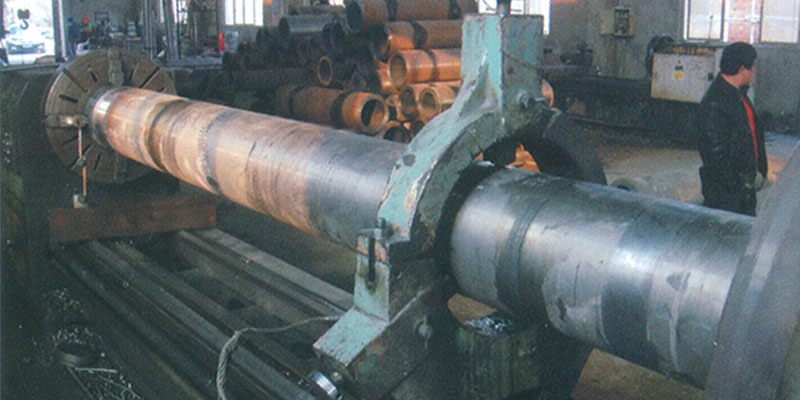
|
The Scenario Of Manufacturing Centrifugal
Casting1
▶
|

|
The Scenario Of Manufacturing Centrifugal
Casting2
▶
|
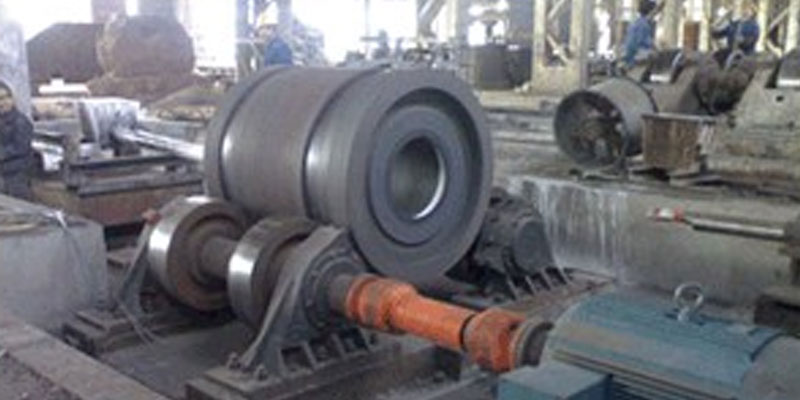
|
The Scenario Of Manufacturing Centrifugal
Casting3
▶
|

|
The Scenario Of Manufacturing Centrifugal
Casting4
▶
|
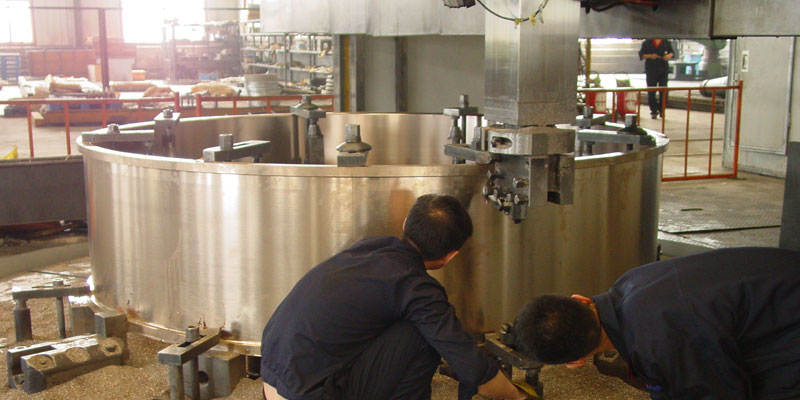
|
The Scenario Of Manufacturing Centrifugal
Casting5
▶
|

|
The Scenario Of Manufacturing Centrifugal
Casting6
▶
|
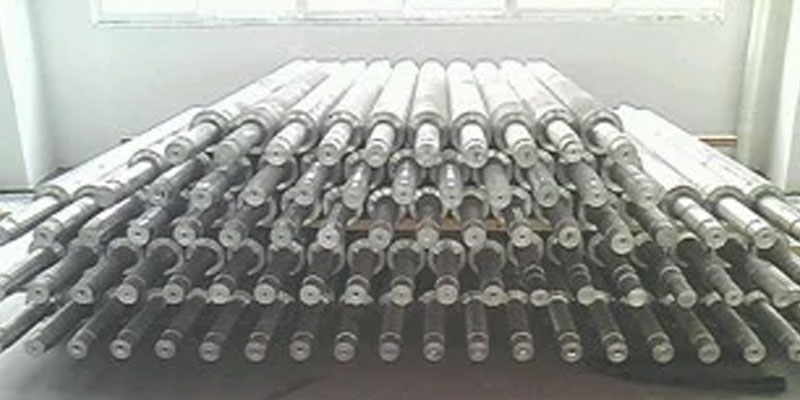
|
The Scenario Of Manufacturing Centrifugal
Casting7
▶
|
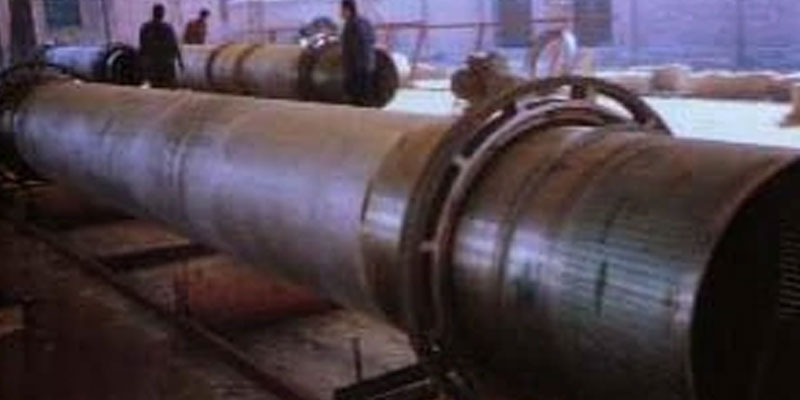
|
The Scenario Of Manufacturing Centrifugal
Casting8
▶
|
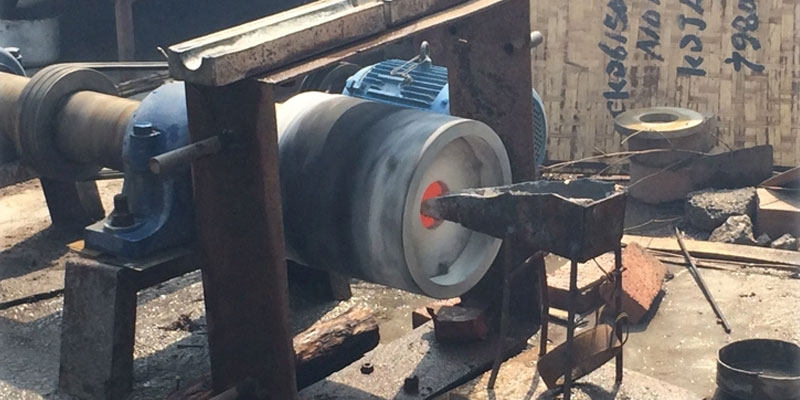
|
The Scenario Of Manufacturing Centrifugal
Casting9
▶
|
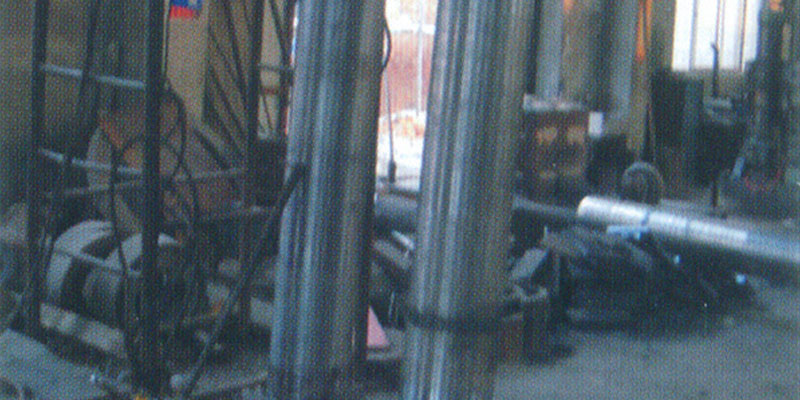
|
The Scenario Of Manufacturing Centrifugal
Casting10
▶
|

|
The Scenario Of Manufacturing Centrifugal
Casting11
▶
|
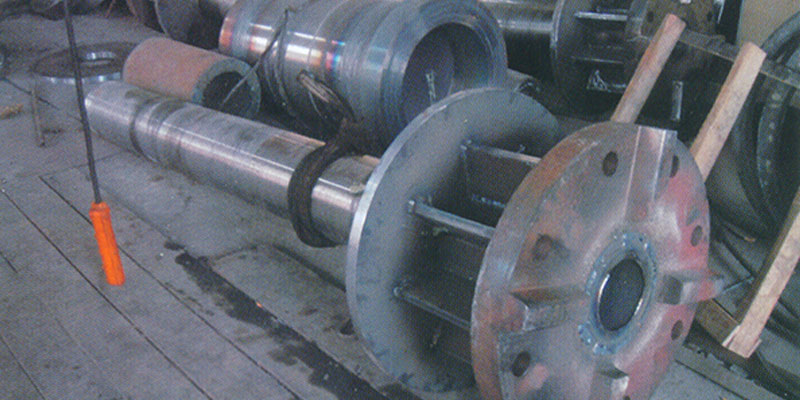
|
The Scenario Of Manufacturing Centrifugal
Casting12
▶
|
The Minghe Case Studies Of Centrifugal Casting
Minghe Casting fabrication services are available for both
design to reality and low to high volume production runs of
your die casting parts,sand casting parts,investment casting
parts,metal casting parts, lost foam casting parts and more.
Go To View More Casting Parts Cases Studies
>>>
Choose the Best Centrifugal Casting Supplier
Currently, our centrifugal casting parts are exported to
America, Canada, Australia, United Kingdom, Germany, France,
Sout Africa, and many other countries all over the world. We
are ISO9001-2015 registered and also certified by SGS.
Our custom centrifugal casting fabrication service provides
durable and affordable castings that meet your
specifications for automotive, medical, aerospace,
electronics, food, construction, security, marine, and more
industries. Fast to send your inquiry or submit your
drawings to get a free quote in the shortest time.Contact us
or Email sales@hmminghe.com to see how our people, equipment
and tooling can bring the best quality for the best price
for your centrifugal casting project.
We Provide Casting Services Include:
Minghe Casting services working with sand casting、metal
casting 、investment casting lost foam casting, and more.
Sand Casting
Sand CastingSand Casting is a traditional casting process that
uses sand as the main modeling material to make molds.
Gravity casting is generally used for sand molds, and
low-pressure casting, centrifugal casting and other
processes can also be used when there are special
requirements. Sand casting has a wide range of
adaptability, small pieces, large pieces, simple
pieces, complex pieces, single pieces, and large
quantities can be used.
Permanent Mold Casting
Permanent Mold CastingPermanent Mold Casting have a long life and high
production efficiency, not only have good dimensional
accuracy and smooth surface, but also have higher
strength than sand castings and are less likely to be
damaged when the same molten metal is poured.
Therefore, in the mass production of medium and small
non-ferrous metal castings, as long as the melting
point of the casting material is not too high, metal
casting is generally preferred.
Investment Casting
Investment CastingThe biggest advantage of investment casting is that
because investment castings have high dimensional
accuracy and surface finish, they can reduce machining
work, but leave a little machining allowance on the
parts with higher requirements. It can be seen that
the use of investment casting method can save a lot of
machine tool equipment and processing man-hours, and
greatly save metal raw materials.
Lost Foam Casting
Lost Foam CastingLost foam casting is to combine paraffin wax or foam
models similar to the casting size and shape into
model clusters. After brushing and drying refractory
coatings, they are buried in dry quartz sand for
vibration modeling, and poured under negative pressure
to gasify the model. The liquid metal occupies the
position of the model and forms a new casting method
after solidification and cooling.
Die Casting
Die CastingDie casting is a metal casting process, which is
characterized by applying high pressure to the molten
metal using the cavity of the mold. Molds are usually
made of higher-strength alloys, and this process is
somewhat similar to injection molding. Most die
castings are iron-free, such as zinc, copper,
aluminum, magnesium, lead, tin, and lead-tin alloys
and their alloys. Minghe has been China's top die
casting service since 1995.
Centrifugal Casting
Centrifugal CastingCentrifugal Casting is a technique and method of
injecting liquid metal into a high-speed rotating
mold, so that the liquid metal is centrifugal motion
to fill the mold and form a casting. Due to the
centrifugal movement, the liquid metal can fill the
mold well in the radial direction and form the free
surface of the casting; it affects the crystallization
process of the metal, thereby improving the mechanical
and physical properties of the casting.
Low Pressure Casting
Low Pressure CastingLow Pressure Casting means that the mold is generally
placed above a sealed crucible, and compressed air is
introduced into the crucible to cause a low pressure
(0.06~0.15MPa) on the surface of the molten metal, so
that the molten metal rises from the riser pipe to
fill the mold and control solidified casting method.
This casting method has good feeding and dense
structure, easy to cast large thin-walled complex
castings, no risers, and a metal recovery rate of 95%.
No pollution, easy to realize automation.
Vacuum Casting
Vacuum CastingVacuum Casting is a casting process in which metal is
smelted, poured and crystallized in a vacuum chamber.
Vacuum casting can minimize the gas content in the
metal and prevent metal oxidation. This method can
produce very demanding special alloy steel castings
and extremely easily oxidized titanium alloy castings.
Minghe Casting has a vacuum casting sub-factory, which
is enough to solve all the problems related to vacuum
casting.
















